kdonnel
DVC-BCV
- Joined
- Feb 1, 2001
- Messages
- 7,502
For the moment*Based on some of the above comments I'm guessing that Tesla charging stations can on be used on Tesla's, is that correct? If that is the case it just doesn't make any sense to me, if this whole EV thing is going to work, we need to have universal charging stations that all EVs can use.
Many manufactures have recently announced a switch from CCS1 to NACS. Tesla superchargers V3 and V4 are NACS.
So in the very near future most cars will be able to use any V3 or V4 Tesla supercharger with an adapter or with later models, natively. The V1 and V2 superchargers will remain Tesla only. Teslas produced with NACS support can also use CCS1 with an adapter. Teslas made earlier than 2020 do not have NACS support and will remain limited to using only Tesla superchargers.
In theory GM and Ford EV will gain access to the V3 and V4 Tesla superchargers in February. Not sure if Tesla, GM, and Ford will really meet that announced date.
*There are a few Tesla supercharger stations currently that have what is known as a Magic Dock installed. This is an adapter that allows CCS1 cars to use the supercharger. For these few locations, CCS1 equipped cars can already charge at the supercharger using the built in adapter.
Last edited:
 . The EV chargers at the Wilderness Lodge, not the greatest and with only 2 ChargePoint chargers available, not the best. I was able to access only twice and the 2nd time was the night before leaving which allowed me to charge to 95%. But took sooooooo long, nearly 8 hours for the last 20%. Further it didn’t help others charging refused to move their EV once charged. How to tell? Walk by and see that the meter on the charging unit wasn’t indicating charging. Tesla owners can use their app to see charging status. Overall not too bad and charging cost was about $165 for the total trip.
. The EV chargers at the Wilderness Lodge, not the greatest and with only 2 ChargePoint chargers available, not the best. I was able to access only twice and the 2nd time was the night before leaving which allowed me to charge to 95%. But took sooooooo long, nearly 8 hours for the last 20%. Further it didn’t help others charging refused to move their EV once charged. How to tell? Walk by and see that the meter on the charging unit wasn’t indicating charging. Tesla owners can use their app to see charging status. Overall not too bad and charging cost was about $165 for the total trip.